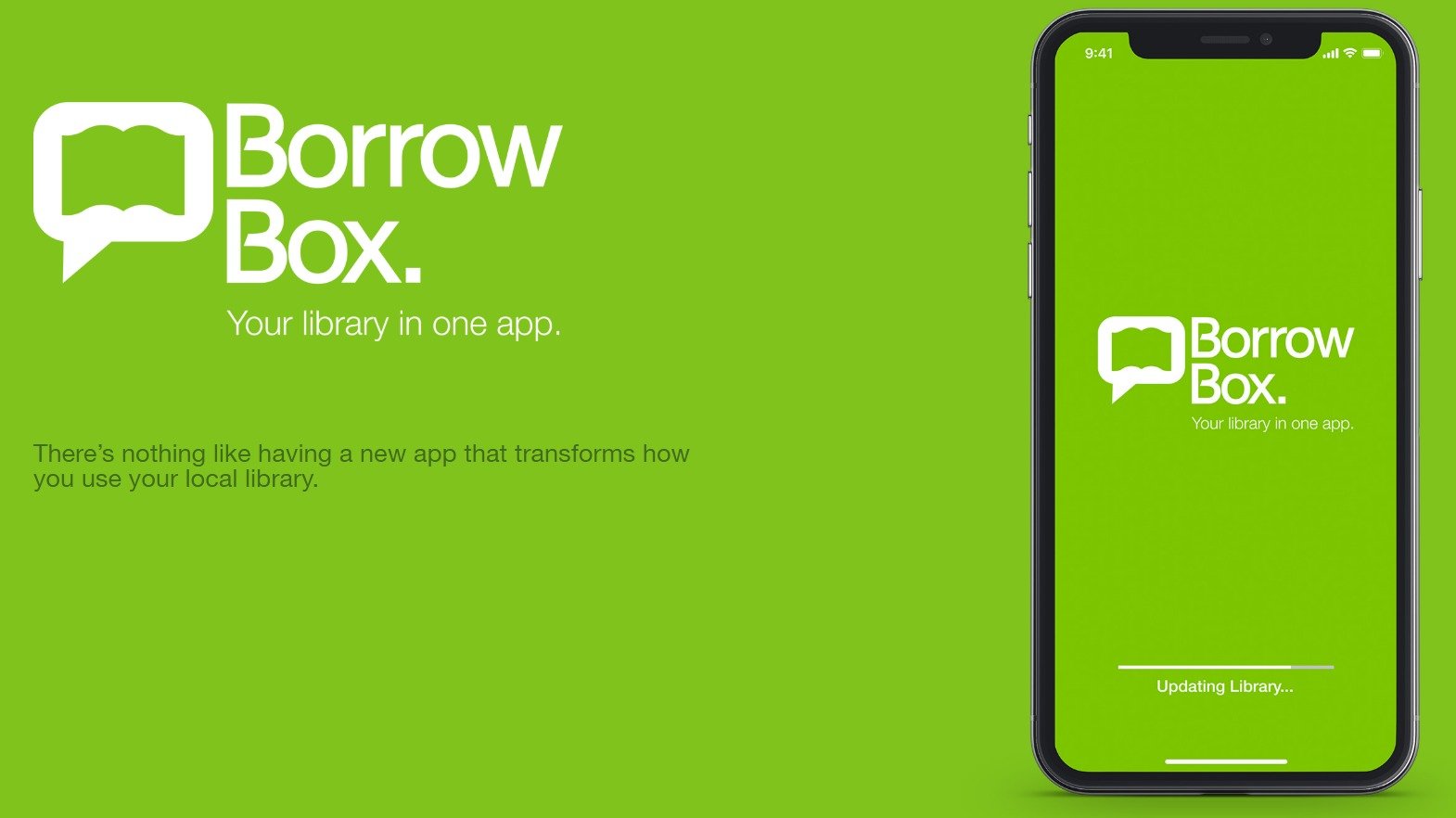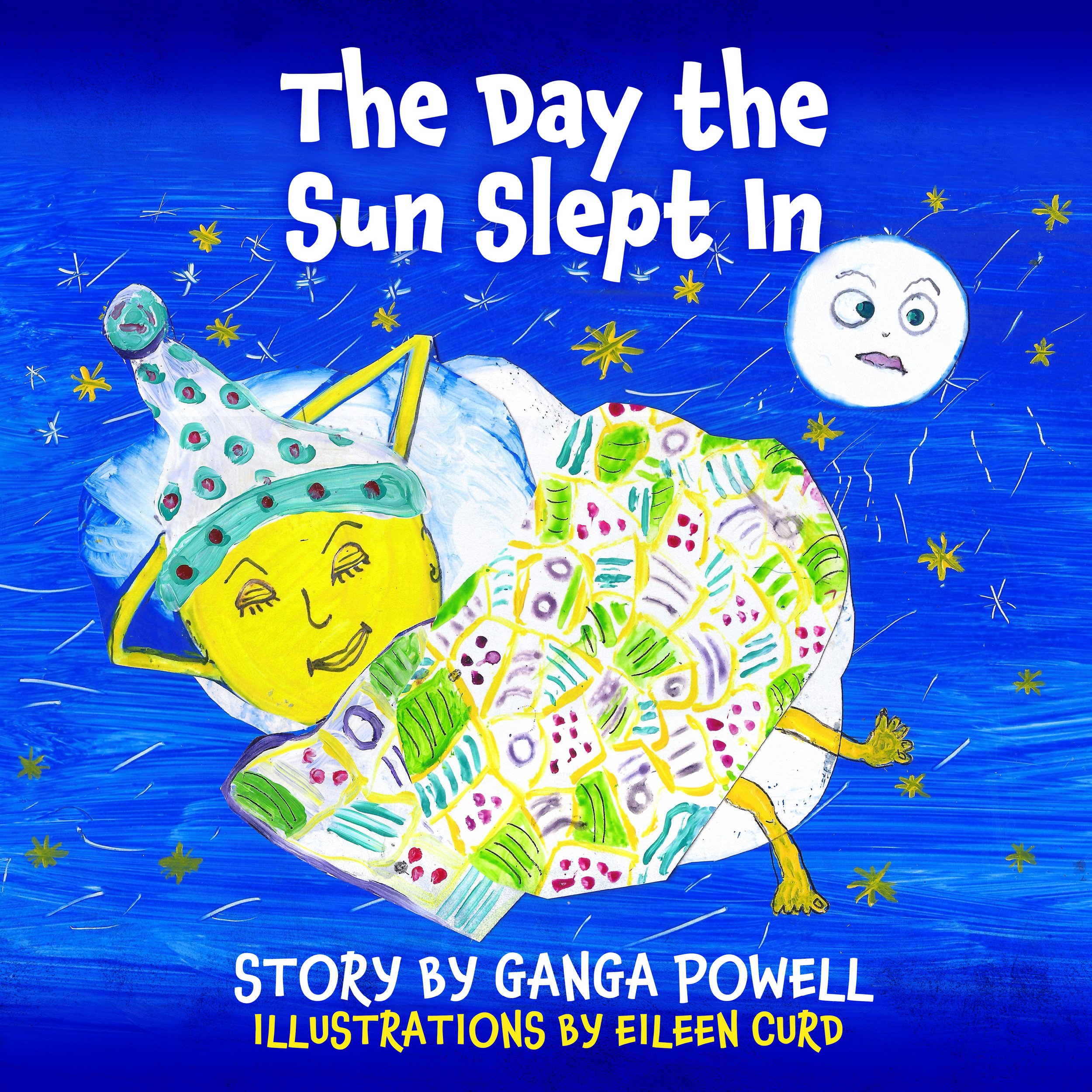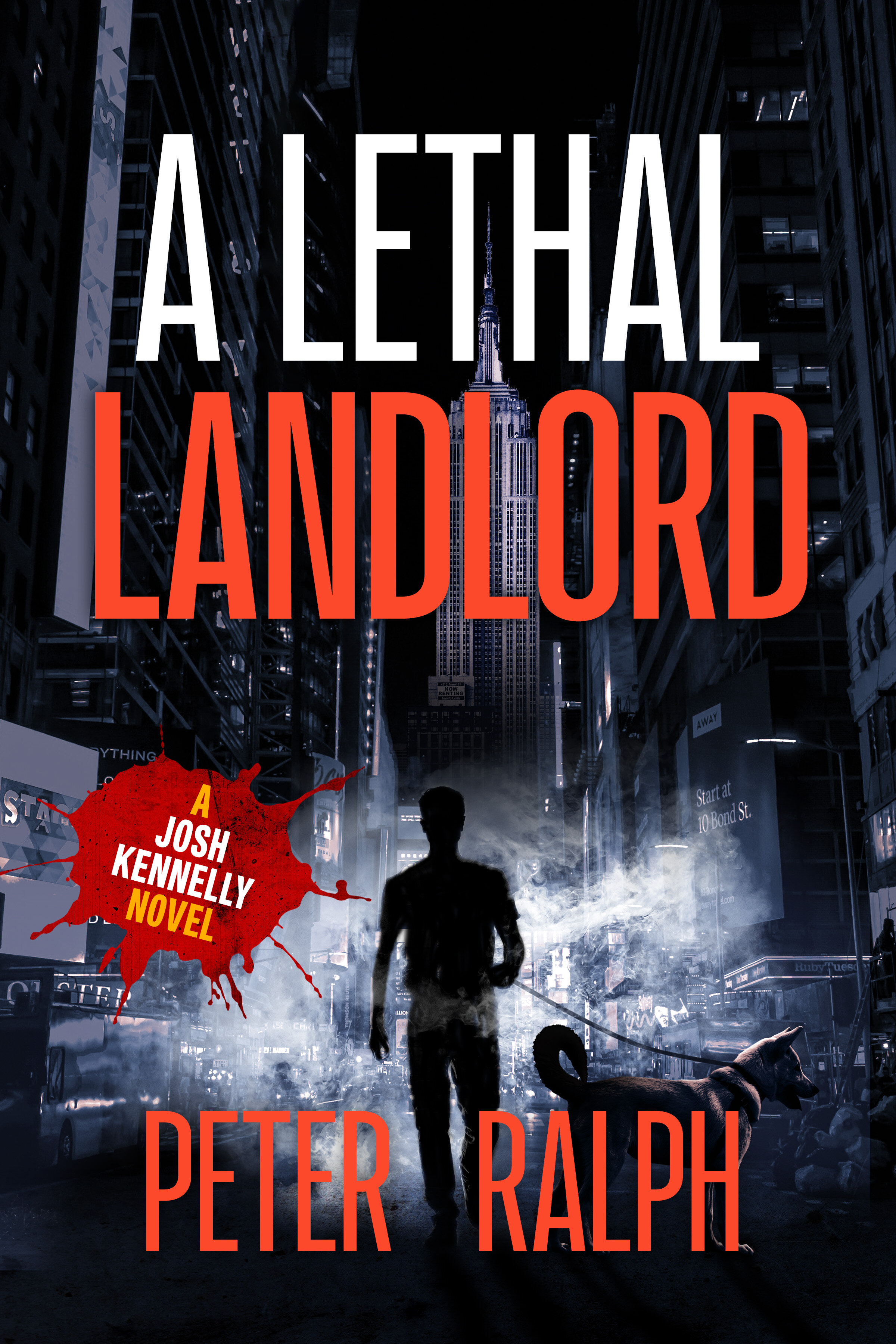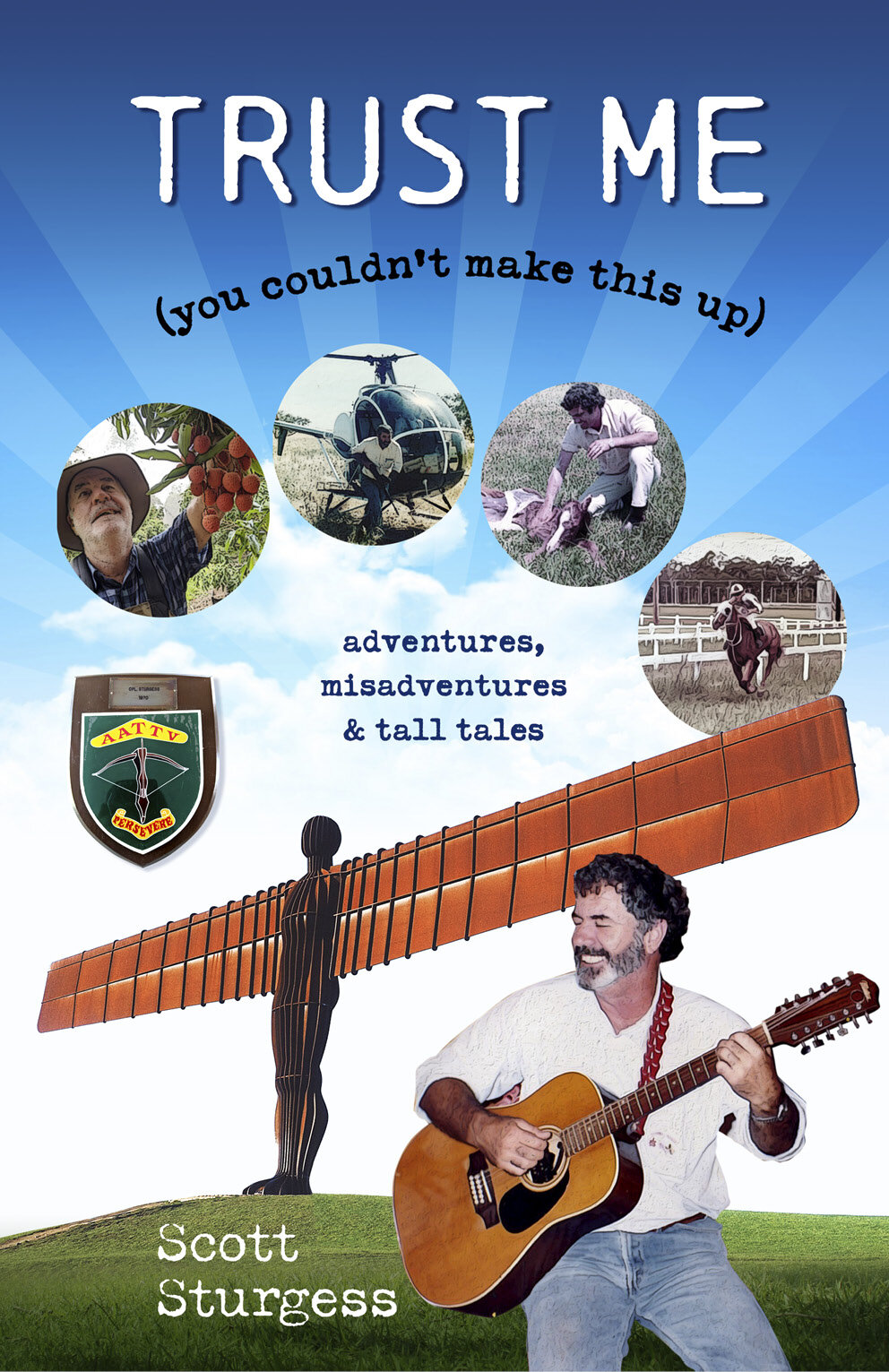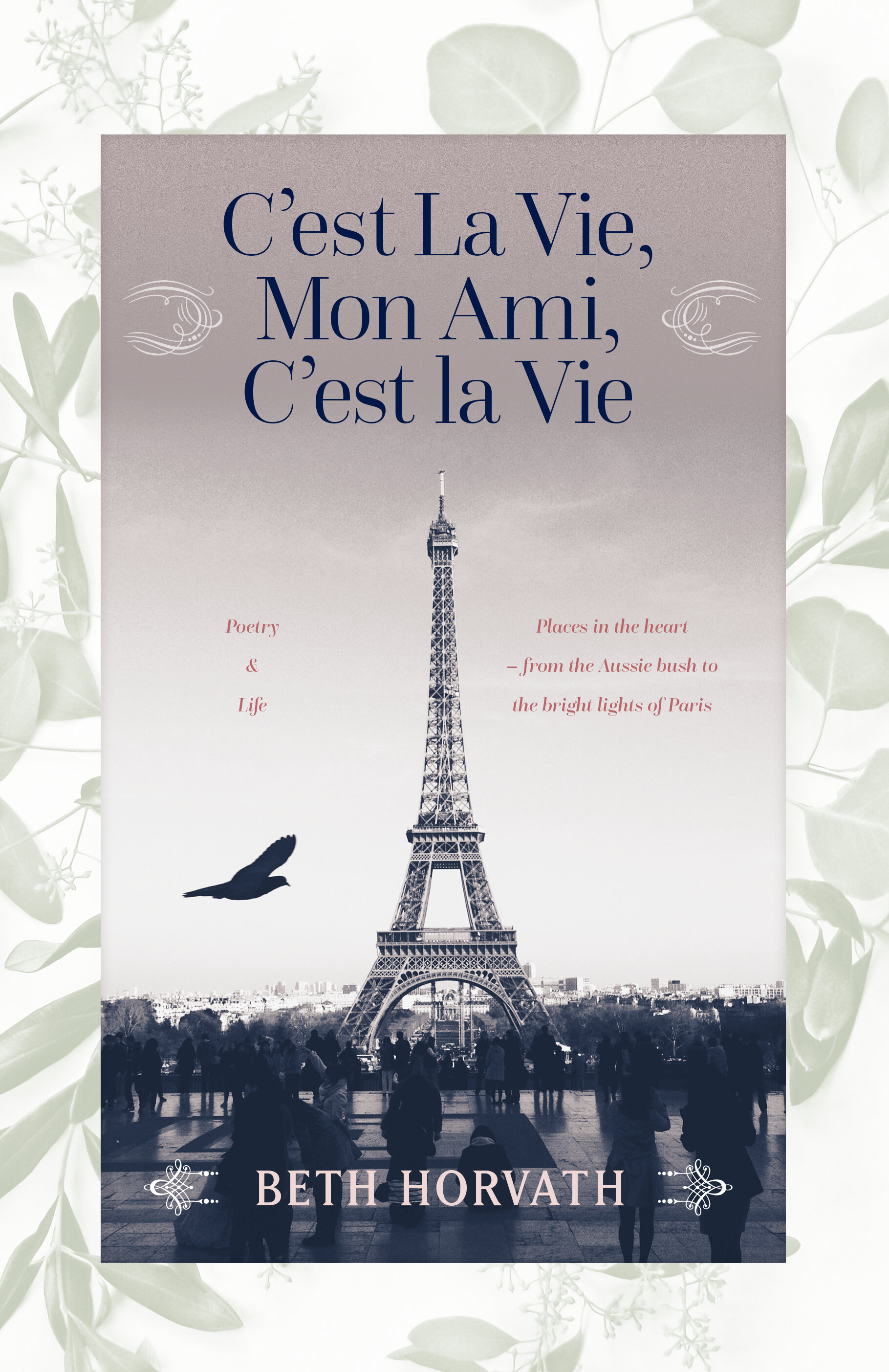Guest Post from Teresa Siqueira of Porch.com
Whether you’re a long-time writer or just beginning to explore the possibilities of a writing career or hobby, you’ll need to create a writing environment that’s conducive to getting work done. You can transform a nook or room of your home into your ideal writing environment. With a comfortable space and a strong work ethic, you can build upon your writing skills and begin to accomplish your goals. Use the following tips to design your perfect writing space.
Benefits of Writing
Whether you choose to write as a profession or hobby, you can look forward to earning income or extra money from this pursuit. Good writers who possess the requisite skills are in demand today by numerous industries and the businesses within them. When you take up writing as a daily activity, you can look forward to benefits in addition to income, such as:
Writing can be both professionally and personally gratifying. While there are many types of writing and associated careers you might focus on, you can explore these different possibilities to find one that suits you.
Setting up the Perfect Writing Environment
To create your ideal writing space, you’ll want to consider the following:
Desk and Seating
Look for a sturdy desk or writing table that offers enough space for your laptop or computer, as well as a writing tablet (to make notes) and any research material you may wish to peruse. An ergonomic chair or furniture that’s both comfortable and supportive is perfect for those long writing sessions. You may also want to keep a bookcase nearby to house your reference materials.
Lighting
Many people prefer to work using natural light, but if you intend to write on dreary days or during the evening, you’ll need artificial light too. In any case, try to set up your writing space near a window; otherwise, ensure that you have plenty of bright light so you can ward off eye strain.
Writing Tools
Although some writers still prefer to write by hand, in order to submit your work, you’ll need a computer and writing program. No publishers, either traditional or online platforms, will accept handwritten manuscripts. Look for a computer with a decent processor and plenty of memory. You should also invest in a backup hard drive or save your files to the cloud.
Location
Choose a space in your home where you’re unlikely to incur distractions. You may want to limit distractions such as your phone when you’re working.
Ambiance
As you set up your writing space, choose paint colors that make you feel creative. Add in some artwork and plants. Surround your writing space with items that inspire you. Be sure that you try to keep your area neat, calm, and organized to maintain its pleasant ambiance.
Types of Writing
As you think about working in your space, take time to investigate the different types of writing you might pursue. Learning about the various types of writing will help you narrow them down to an ideal option for your interests and skillsets.
Blogging
Today, writers blog about nearly anything. Some blog for companies and publish material related to the business and its industry. Other writers blog strictly about subject matter Keep of interest to them, such as food, health, fashion, gardening, films, technology, etc.
Journalism
Many types of publications seek unsolicited manuscripts, including essays and articles. If you’re interested in non-fiction subject matter, this might be the ideal outlet for you.
Journaling
Keeping a journal is a great way to manage your stress or even a mental health condition like anxiety. Journaling about your life is a great way to record it for yourself or your family.
Fiction
You can devote your writing space to writing novels, short stories, or scripts. Try writing for a specific genre like mystery, psychological thriller, fantasy, or romance. You might even try your hand at writing children’s stories.
Speeches
Consider writing speeches and pursuing a speech writing career. You can convey important messages on many different topics/issues to a wide range of audiences.
Poetry
There are many types of poetry. You can focus on a style that suits your preference. You can share your work online or submit it to poetry magazines for publication.
Handwriting/Calligraphy
Writing can be a visual art form. You can transform your writing space into a writing studio where you house all of your special implements and papers. You can sell your work on your own website or sites like Etsy. Writing can be both professionally and personally gratifying. While there are many types of writing and associated careers you might focus on, you can explore these different possibilities to find one that suits you. You will find there are endless benefits of handwriting.
Music/Jingles
You can combine your love of writing with music to write jingles or songs for commercials, television, and more. Be sure your space has plenty of room for your piano, guitar, or other instruments too.
Create a Writing Routine
Writers work. Even if you don’t expect a visit from your muse, write anyway. Establishing a solid writing routine will help you banish the idea of writer’s block and leave no time for procrastination. Here are some tips for setting up and maintaining your work routine:
Design a writing schedule (i.e., three hours in the morning/three hours in the afternoon or evening)
Use a calendar and set writing deadlines (or plugin deadlines established by your publisher or clients)
Set a daily word count
Create a weekly writing plan (i.e., your writing to-do list)
Schedule breaks (take walks or break for snacks to get a recharge)
Tips to Find Writing Inspiration
Inspiration comes in many forms. When designing your writing space, add features that will inspire your creativity. The following tips can help:
Prepare for Writer’s Block
Sticking to a writing routine is a highly effective way of working through writer’s block. Try using writing prompts or performing research related to the topic you want to write about.
Join a Writing Group
Consider signing up for a writing group. You can join an online or in-person group. These groups are ideal for sharing your work and obtaining helpful feedback. To learn more about a community for journal writers, visit The International Association for Journal Writing.
Rely on Art
You can find inspiration from other writers as well as film, television, music, and painting. Be sure to read the work of other writers, too, to gain insights into the craft.
Prepare for Feedback
If you’re writing intending to earn income, you’ll want to prepare for feedback. Remember that even the most renowned writers have racked up rejection letters. Consider feedback carefully. In some cases, you may wish to revise your work. At other times, you may simply want to submit your work to other potential publishers.
Use Motivation Writing Techniques
Various writing techniques and practices can motivate you to write regularly. Experiment with freewriting. Try the Pomodoro technique; set a timer and writer for 25 minutes. The goal of the technique is simply to work in short bursts. Remember, you can always revise later.
Develop a Writing Process
Developing a writing process will support your writing routine. When getting started, you may wish to experiment with different processes. Find a method that works best for you.
Make a Plan
While some writers prefer to sit down and start writing without much forethought, many others craft a plan, even if it’s just a mental one. Some planning tasks might include forming an article’s outline, writing a single chapter, revising an article, etc. When you sit down to work, have a clear intention about what you want to do for the morning or day.
Research
Even writers who prefer to write about topics they’re familiar with, need to conduct some research. If you’re writing about nonfiction topics or realistic fiction, research is simply a matter of course. These days, you can research online or spend time at your local library.
Prewriting
Some writers prefer to do some prewriting before attempting a formal draft. Prewriting helps you generate ideas, explore different perspectives and topic angles, and form a plan for your outline.
Drafting
Initial drafts allow writers to get their work written. Once your drafts are penned, you can make changes later.
Editing
Editing and proofreading are crucial for writers. When editing, you’ll want to focus on refining the content as well as checking for correct grammar and usage. You may want to share your work with your support group or another editor at this point to gain helpful feedback.
Monetize your Writing
Finally, consider outlets for publishing and selling your work. You might sign up with freelance writing agencies that can help you find clients. You can also begin to submit your work to little magazines or major publications. You can also search for an agent who can help you find a publisher for your manuscript.
Writing can be a rewarding career on many different levels. It’s enjoyable but can also be lucrative. Think about your goals and make a plan for achieving them. Use the tips outlined here to help you create your ideal writing space and reap the benefits of writing.
https://porch.com/advice/create-ideal-writing-environment










